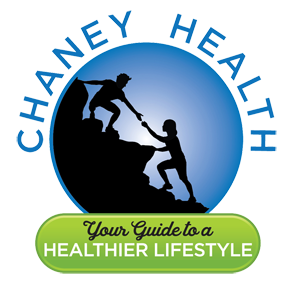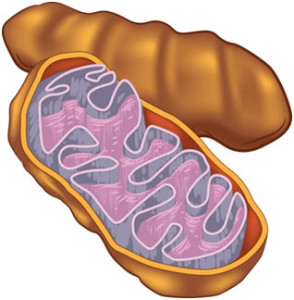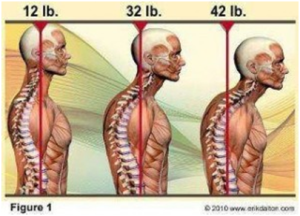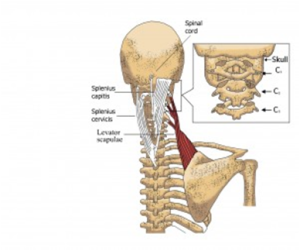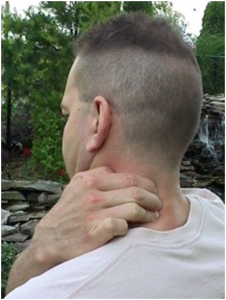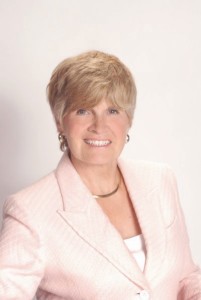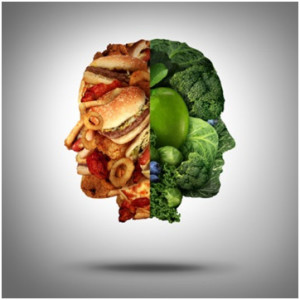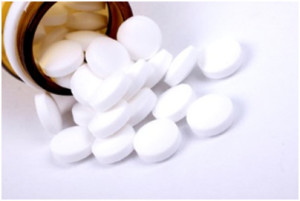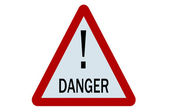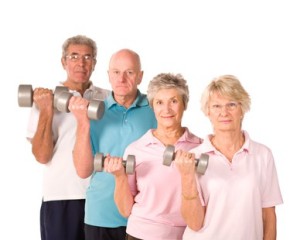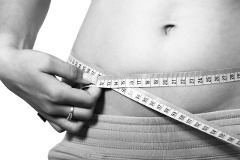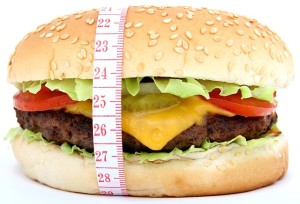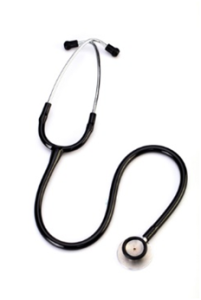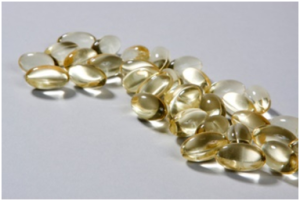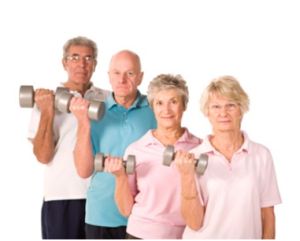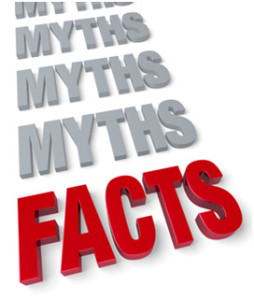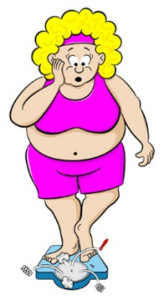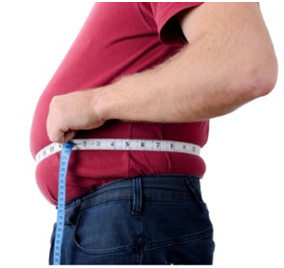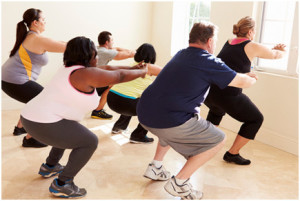Author: Dr. Stephen Chaney
 I don’t need to tell you that we are in the midst of an obesity epidemic. Sadly, that obesity epidemic has even affected our children. Currently, one third of the adolescent population of the United States and other developed countries is overweight or obese, and those numbers are rapidly increasing. Teen obesity and heart disease are not uncommon.
I don’t need to tell you that we are in the midst of an obesity epidemic. Sadly, that obesity epidemic has even affected our children. Currently, one third of the adolescent population of the United States and other developed countries is overweight or obese, and those numbers are rapidly increasing. Teen obesity and heart disease are not uncommon.You probably also knew already that overweight and obesity in the early years increases the risk of death from cardiovascular disease and other causes among young adults, but a new study suggests that the consequences of overweight during the teen years may be much worse than we thought.
How Was This Study Done?
This study (Twig et al, The New England Journal of Medicine, DOI:10.1056/NEJMoa1503840, Published April 13, 2016) was based on a national database of 2.3 million Israeli adolescents ages 16-19 (average 17.1) for whom height and weight were measure between 1967 and 2010. Israel has such an extraordinarily large database because one year before military service all Israeli adolescents are required to undergo a medical evaluation. This is predominantly a male population because Orthodox women are excluded from service.
 Israel also has a national health service that keeps a comprehensive database of deaths. Therefore, the investigators were able to record all deaths in this group that were attributable to coronary heart disease, stroke, sudden death from an unknown cause, or a combination of all three categories, which they classified as total cardiovascular deaths through June 30, 2011. That means that the median age at the end of the study was around 40.
Israel also has a national health service that keeps a comprehensive database of deaths. Therefore, the investigators were able to record all deaths in this group that were attributable to coronary heart disease, stroke, sudden death from an unknown cause, or a combination of all three categories, which they classified as total cardiovascular deaths through June 30, 2011. That means that the median age at the end of the study was around 40.
The investigators divided the subjects into groups based on their BMI (weight (kg)/ height (m)2), a measure of the leanness or obesity of each individual and compared BMI with deaths due to various kinds of heart disease.
What sets this study apart from all previous studies was the size of the database (2.3 million). Because of the very large number of subjects in the study the investigators:
- Were able to accurately measure the effect of BMI on cardiovascular deaths in people aged 30-40, an age at which the incidence of cardiovascular deaths is relatively low.
- Were able to divide the subjects into seven BMI groupings, rather than the two or three used in most previous studies.
For example, most previous studies have simply compared individuals who were obese (BMI > 95th percentile) or overweight (BMI in 85th to 94th percentile) with everyone in the normal range (BMI in the 5th to 84th percentile).
This study further separated individuals within the normal BMI range to high-normal (BMI in the 75th to 84th percentile), mid-normal (BMI in the 50th to 74thpercentile), and low normal (BMI in the 25th to 49th percentile) and compared each group to individuals with BMIs in the 5th to 24th percentile.
Teen Obesity and Heart Disease: Will Your Teen Die Prematurely?
The results of the study were pretty sobering.
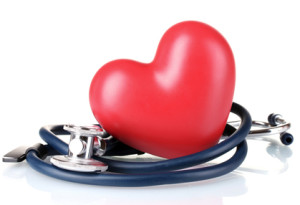 1) For teens who are obese (210 pounds for a 6’ boy and 175 pounds for a 5’6” girl) at 17, their risk of dying prematurely from:
1) For teens who are obese (210 pounds for a 6’ boy and 175 pounds for a 5’6” girl) at 17, their risk of dying prematurely from:
- Heart attack increases 4.9 fold
- Stroke increases 2.6 fold
- All cardiovascular causes increases 3.5 fold
- The increased risk of dying from all kinds of cardiovascular disease was 2-fold greater by age 27 and 4-fold greater by the time the subjects had reached age 37-47.
2) For teens who are overweight (185-209 pounds for a 6’ boy and 155-174 pounds for a 5’6” girl) at 17, their risk of dying prematurely from:
- Heart attack increases 3.0 fold
- Stroke increases 1.8 fold
- All cardiovascular causes increases 2.2 fold
3) For teens who are at high-normal weight (175-184 pounds for a 6’ boy and 145-154 pounds for a 5’6” girl) at 17, their risk of dying prematurely from:
- Heart attack increases 2.0 fold
- Stroke increases 1.4 fold
- All cardiovascular causes increases 1.8 fold
4) Perhaps the most surprising finding was that even for teens who are at mid-normal weight (155-174 pounds for a 6’ boy and 130-144 pounds for a 5’6” girl) at 17, their risk of dying prematurely from:
- Heart attack increase 1.5 fold
- All cardiovascular causes increases 1.3 fold
5) The number of teen girls in the study was much less, but they appeared to have similar increased risk of cardiovascular deaths with increased BMI compared to the boys in the study.
The message is clear on teen obesity and heart disease.
- Obesity and overweight during the teen years are killers. They can lead to a significant increase in deaths due to heart attacks, strokes and all cause cardiovascular mortality long before those teens reach the age of 50.
- Even teens who are in the higher end of what is considered a normal weight range are at increased risk of cardiovascular mortality long before they reach their golden years.
The Bottom Line
A recent study compared the BMI of 2.3 million Israeli teens (average age 17) with cardiovascular deaths over the next few decades
1) Teens who were overweight or obese had a 2-fold greater risk of dying from cardiovascular disease by age 27 and 4-fold greater risk by the time they reached age 37-47.
2) Even teens who were at the upper end of the normal weight range had a 1.8-fold increased risk of dying from cardiovascular disease.
The message is clear.
- Obesity and overweight during the teen years are killers. They can lead to a significant increase in deaths due to heart attacks, strokes and all cause cardiovascular mortality long before those teens reach the age of 50.
- Even teens who are in the higher end of what is considered a normal weight range are at increased risk of cardiovascular mortality before they reach their golden years.
These statements have not been evaluated by the Food and Drug Administration. This information is not intended to diagnose, treat, cure or prevent any disease.
